MAKAIRA — pronounced Ma-kai-ra. (Latin via Greek: μαχαίρα «sword») is a genus of marlin and also the moniker of Allan Shaw’s aluminium creations.
Makaira master builder Allan Shaw says there are three key ingredients to a perfect riding hull — hull shape, structure and balance. To prove his theory, he builds his own boats in the Bay of Islands, a three-hour drive north of Auckland, New Zealand. But when it comes to deadrise, he tells The Captain he can stick his deep-vee obsession up his bilge pipe. He’s a bit like that, Allan. He’s not afraid to say what he thinks, and he’s got a fair bit to say about his alloy boat building colleagues. Better grab the popcorn.
If you were picking the perfect spot to build a boat, Kerikeri in New Zealand’s Bay of Islands would be damn high on your list. Allan Shaw (below) certainly thinks so. In 2014, he moved his Makaira Boats business north from Auckland and hasn’t looked back. Boats need to be tested, right? So why not plonk your factory right next to some of Aotearoa’s top fishing spots?
Allan took the inspiration for his “heavy plate/heavy engineered” aluminium vessels from the classic Carolina sport fishing boats crafted by the likes of Buddy Davis, Viking, Jarrett Bay and SeaVee, hence the graceful shearline in his designs. The colour palette is also inspired by the classics, with tones of classic duck egg blue, and subtle colour schemes that belie the alloy construction. But don’t let the aesthetics fool you, Makaira boats are seriously functional fishing machines.
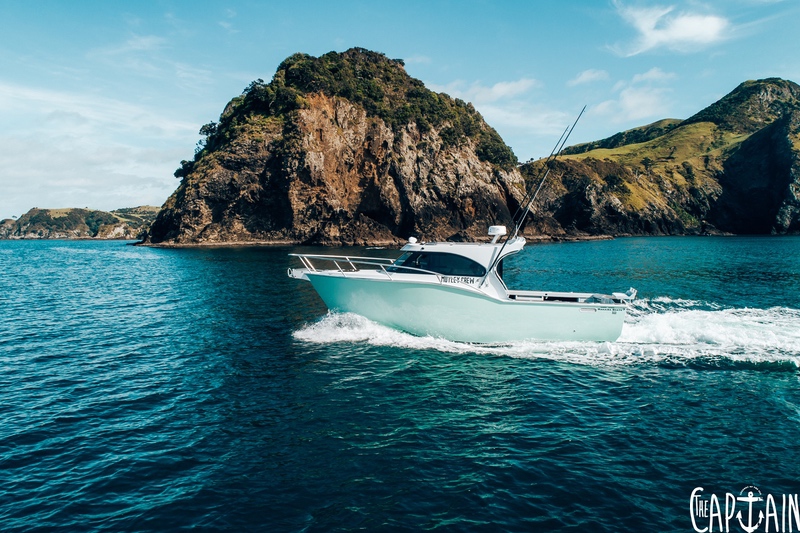
IN THE BEGINNING
Allan’s nautical love affair started as a kid growing up in Auckland, making model boats out of balsa wood and testing them in his bathtub and fishing with his granddad. “My grandfather lived in the Coromandel,” Allan recalls. “He had a 5.5m Buccaneer and we did a lot of fishing out of Whitianga.”
A bit later, Allan got into spearfishing, bought his first aluminium boat then discovered sport fishing. “I got sick of shore diving, lugging gear all around the coast, so I bought the Ramco 5.8m,” he says. “It came with a set of game poles, so some mates and I headed offshore from Whitianga and caught tuna. That got me hooked on game fishing. I bought a 6.8m hardtop and did about 7000km on the water in two seasons, fishing all over NZ.”
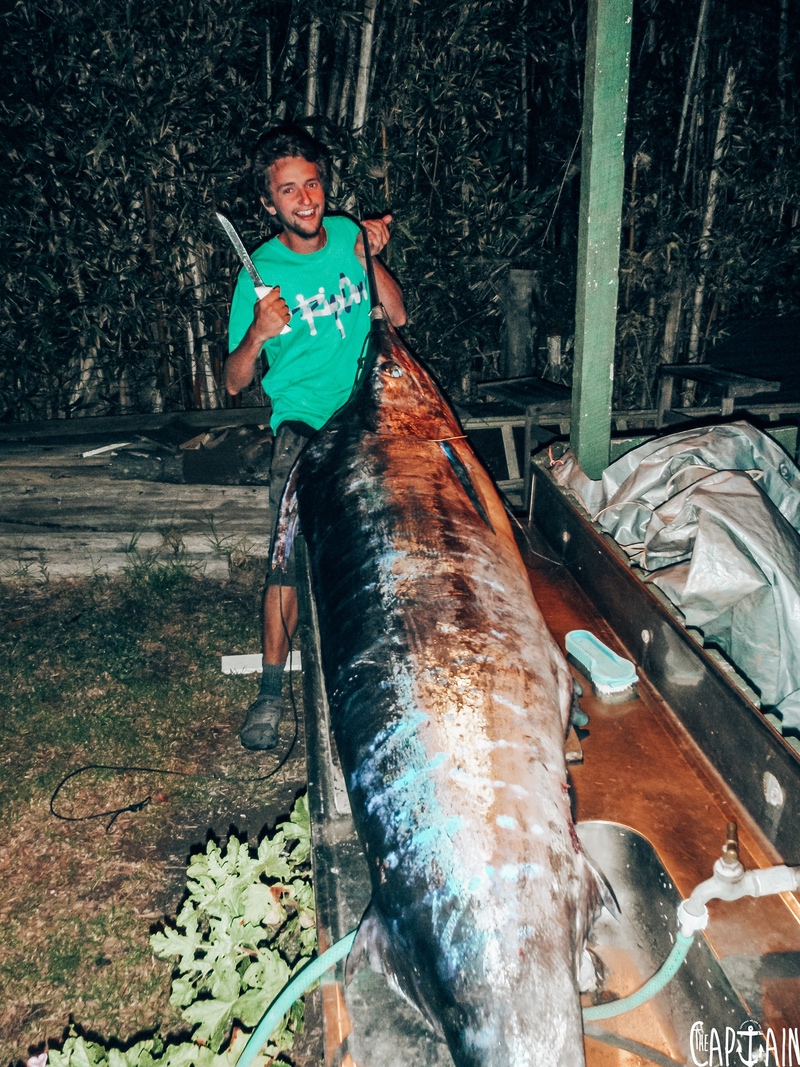
By now, Allan was well into an apprenticeship at the now defunct super yacht builder Alloy Yachts, which at its peak employed up to 500 staff. He is a fully qualified marine systems engineer, which means he’s trained in skills like 6G pipe welding, hydraulics, fabrication, plumbing, pneumatics engine room installs and boat mechanics. “I got wide exposure to all aspects of boat building with a solid foundation in engineering, fabrication, fit-out and paint,” Allan says. “We learned from highly skilled and specialised guys. I reckon after 8000 hours, I’d gained a lifetime of experience.”
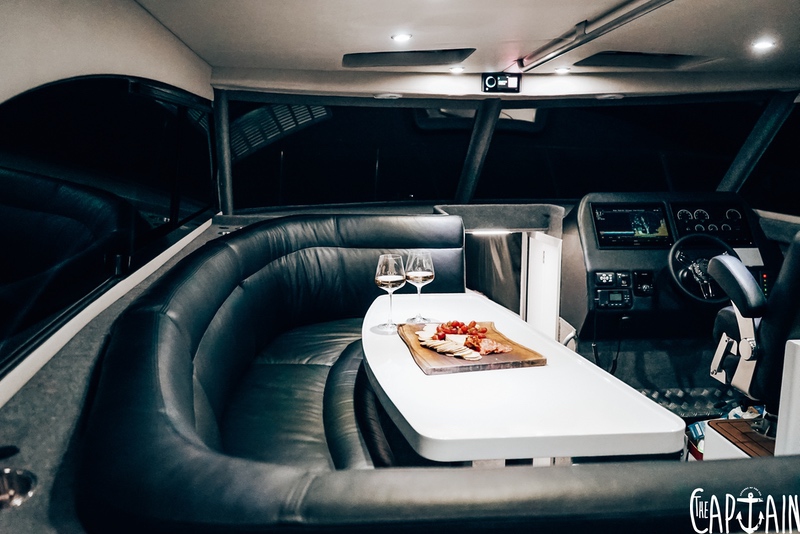
LIVE BY THE SWORD
Fast-forward a few years and Allan is in the market for a 9m inboard diesel. To scratch up the cash, he’d worked oil and gas construction for a few years before rocking up to the Hutchwilco NZ Boat Show with a bag stuffed with dollars. This did not, initially, end well. “I turned up with my small fortune, but because of my age and baby face, none of the companies took me seriously — one brand didn’t even let me come aboard,” Allan remembers. “I wasn’t overly impressed by what was on the market anyway, so I decided to build hull number one, which started out as a sketch on an A4 sheet of paper.”
Makaira is the Latin genus name for marlin or swordfish, but Allan says the big pelagic had no influence on the shape. “It came about while we were out trolling one day,” he says. “Marlin Boats sounded a bit generic, so we went with Makaira.”
Allan named his first boat (above), a Makaira 940 (9.4m), The Game. In 2013, he rented premises in Henderson, Auckland, and started building another Makaira 940 he had an order for. From the start, it was all about the build, and Allan is so confident he’s on a winner that Makaira offers a lifetime warranty on every hull. No-one’s claimed it as yet.
All the boats are built to order with a fixedprice contract. “A typical build takes between six and 12 months with progress payment at build milestones and a final handover payment,” he says. “We allow factory visits, which gives the owner a real appreciation of the build quality.” Now based in the Bay of Islands, Makaira is a lowkey, unpretentious, family-run operation, but is already exporting to the US and Australia. They have service agents in most of Australia, so can offer good after-sales support. Allan rates his team highly. “We have about 12 staff, some have been there from the start, and a few from Alloy Yachts, as well as some great boat builders who have worked with other well-known Kiwi builders. Mum is in the office and I float around wherever I’m needed. Since I started Makaira, I’ve never had a day where I dreaded going to work. Oh, and we’re always looking for skilled staff, so hit us up if you’d like a change.” Allan chuckles when The Captain enviously mutters something about how hard it must be working in one of New Zealand’s premier fishing and boating destinations. “Yeah, there has been the odd sick day with cars spotted at the boat ramp.”
HULL LOTTA LOVE
The Captain reckons Makaira boats look pretty damn good on the water, riding as proudly as Black Caviar (Captain’s note: the race horse, not the fish eggs) whatever the sea direction. Allan says the secret to getting an 8mm-thick hull riding like that comes down to hull shape, structure and balance. “We produce a warped hull shape with a lot of barrel that reduces slamming, but also means you don’t need a super-deep vee hull. Most of the work is done in the forward half of the hull.” “How about deadrise, Allan?” The Captain muses. “Aussies are very hung up on deadrise, but could that maybe just stem from the V8 bogan mindset that bigger is better?”
“Transom-measured deadrise is not so critical,” Allan says. “Aluminium doesn’t handle any flexing, so structure is critical to any offshore hull and balance is achieved by proper naval architecture, weight and balance studies, and a great amount of investment in technology, time and qualified know-how — definitely not by eye with a skill saw. Don’t cut and hope. We try to leave nothing to chance be it strength, function, buildability — we get everything correct before we cut the plate.” The Makaira hull structures are designed around Lloyds structural standards. Hull plate thickness, frame, girder and stringer spacing is designed to meet Lloyds Register Special Service Craft (SSC) rules. “A Lloyds hull will last in a commercial environment for over 25 years,” Allan says. “In Australia and NZ, we have strict car manufacturing safety standards, but we have none for recreational vessels, which is pretty appalling. You could buy a skill saw and welder and be at the Hutchwilco show next year selling your boats.”
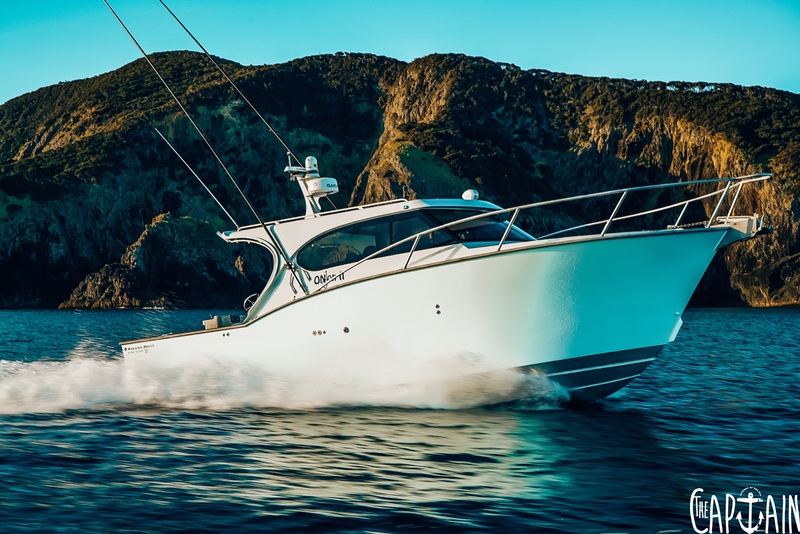
TOO MANY COWBOYS
Once he gets started, Allan is pretty, er, forthright about the overall state of the Kiwi marine industry, describing it as a “house of cards”. He rates NZ boat builders as building the most functional aluminium boats in the world, but says they fall short when it comes to standards. “There are some real horror stories out there, but most of them never see the light of day, swept under the rug with non-disclosure agreements and refunds.” he says. Interrogated by The Captain, who can always smell blood in the water, Allan gives us an example. “A brand-new boat, from a manufacturer that sells boats into Australia, was fishing next to us in a tournament. There was a 20nm run to the fishing grounds each day. It got a little rough and after four days, this boat was falling to bits, the hull structure cracking up. I felt sorry for these people, but there was little that could be done because if a hull cracks from new, welding it back up won’t fix it. This brand markets itself as a ‘solid plate boat builder’, which couldn’t be further from the truth.” Much is made of the “can do” alloy attitude that’s all about creating something functional from SFA, but Allan rates it as another WTF problem in the industry. “The majority of the decision-makers at large brands in NZ have little actual marine education or training — and, in some cases, no boat-building experience at all — yet they own large-scale businesses that export boats all over the world,” he says. “And there’s no reason to improve. At the Hutchwilco show, the big builders put every gimmick under the sun into a 5m centre console and, hey presto, they win the Hutchwilco ‘Boat of the Show’ award, touted as the most prestigious boating awards in NZ. Then punters line up to buy them, never mind how the boat performs, what’s under the floor or if the cockpit drains into the sump or the cabin. They should rename them the ‘Spec List’ awards. Imagine a car review where they just sat in the car, cranked up the sound system, and didn’t actually drive it. You need to test a boat on the water. Until this changes, we’ll continue to have bad hull shapes and failing hulls.”
FACTORY FRESH
A booming business has given Allan a few headaches when it comes to factory space. These should ease when he moves into his new 2450sqm premises. “We started out in a 110sqm shop, now we’ve got 470sqm — to which we’ve just added a band-aid fit-out area while we wait for the new place to be built. We run a Dye 7 axis CNC 220 tonne 4.2m press brake, Fronius water-cooled pulse MIG and TIG welders, a 7.5m CNC multi-cam router, a cross-flow spray booth and some gear we’ve developed ourselves.” Everything is done in-house so nothing is left to chance. The hulls are built on a jig that takes six to eight tonnes.
“This is used to pull the warp and barrel into our hulls and it’s a big deal for us,” Allan says. “If a hull can be pulled in with some 250kg ratchet straps, chances are it’s going to be a hard-riding pig.” Allan uses only 8mm European mill-sourced 5083 Lloyds, DNV or BV certified plate. “There is a lot of cheap ‘chinesium’ plate on the market, but we stay away from it,” he says. The build process uses a mix of paint procedures and most of the hulls are sandblasted to ensure the best possible paint adhesion. The company also knocks out tough trailers to transport its rugged boats. “Your trailer breaking is not a good look,” Allan laughs. “Ours have been independently engineered by a certified transport engineer. Alloy trailers, like hulls, shouldn’t flex, otherwise the aluminium cracks and will eventually break. I saw one trailer at the ramp — made by a well-known boat builder — with its main beams literally snapped in half. If this is what you see on the trailer, imagine what’s under the floor of the boat!”
ON YOUR PLATE
Allan reckons “plate boat” is the most overused term in NZ — and even more so in Australia — and that plate thickness has little to do with hull performance. “It seems if you whack that in front of a brand, it instantly makes them a great boat,” he says. “Yet it’s such a meaningless term. The definition of plate is over 6mm, so in my eyes, none of these brands meet this as their hull structure is 4mm or less.
Performance comes from hull shape and balance. You could make a boat out of tinfoil, and provided you have the structure behind it to form a good hull shape, it would outperform most of the boats in the industry today.” He maintains this is one reason why high-end custom builders in NZ have struggled to gain a foothold in Australia, whereas production builders can’t build them quickly enough. “In Australia, the water has been murky around what is or is not a plate boat, thanks to all the marketing of tinny builders who claim to be plate builders,” Allan says. This in turn leads to the Aussie market’s price expectations being unrealistic for a true plate.” With 15 years’ experience building boats, Allan’s seen a few changes in the metal machine game. “They say the day you stop developing is the day you start going backwards, and it couldn’t be more true,” he says. “Our hull shape, build methods and the technology have always evolved. In another 10 years, many more things will have changed — just like a F1 car from the 1990s is old tech now.”
The 10-year plan is to be building 150–200 boats a year. Allan says their next-generation Gen 3 hulls are currently in the works with game-changing hull features not yet seen on alloy boats.
ALLOY VS GLASS
The Captain points out to Allan that many prospective Aussie customers would be contemplating fibreglass boats, especially in the larger hull size. Why should they consider alloy, Al? “Alloy or glass has very little impact on performance if the alloy boat is well built,” Allan says. “The main reason a glass boat rides well is not weight, like most people think, but hull shape and structure. A fibreglass boat is built in a mould and basically has few limitations on hull shape — you can put as much warp and barrel into the hull as you like with no extra work, and very little skill. Glass boat hulls are one continuous structure — important for hull rigidity and sound deadening. A well-built alloy boat will outlast a glass one and is very easy to customise.Glass boats are restricted to their moulds so are very limited. And alloy is far more forgiving in terms of docking, beach launching and banging them with sinkers.”
MORE INFORMATION
Makaira Boats
24a Klinac Lane, Waipapa,
Northland, NZ
09 401 6641
sales@makairaboats.co.nz
- DCIM100MEDIADJI_0331.JPG
CHECK OUT ANOTHER TOUGH KIWI ALLOY RIG HERE:
SUBSCRIBE TO THE CAPTAIN MAGAZINE HERE:

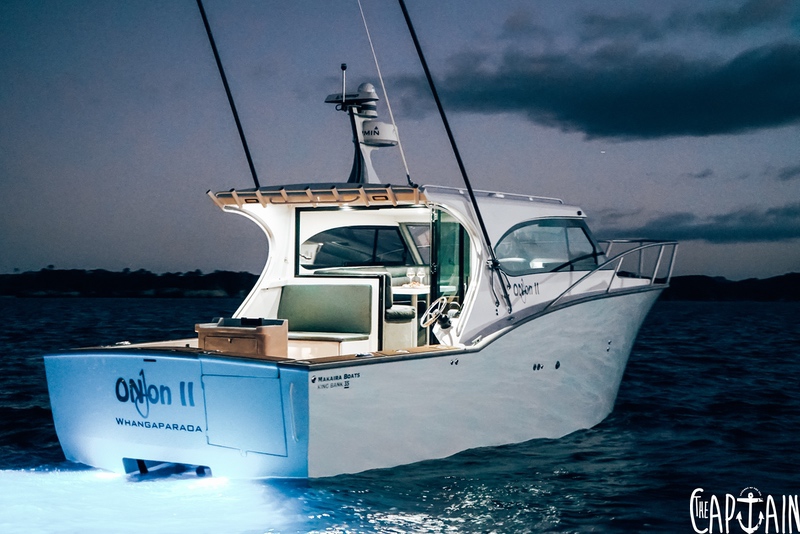
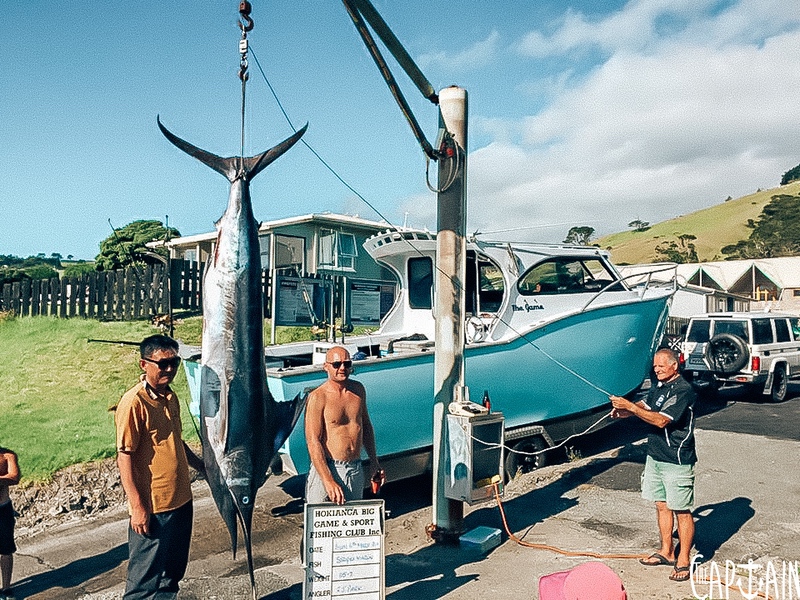
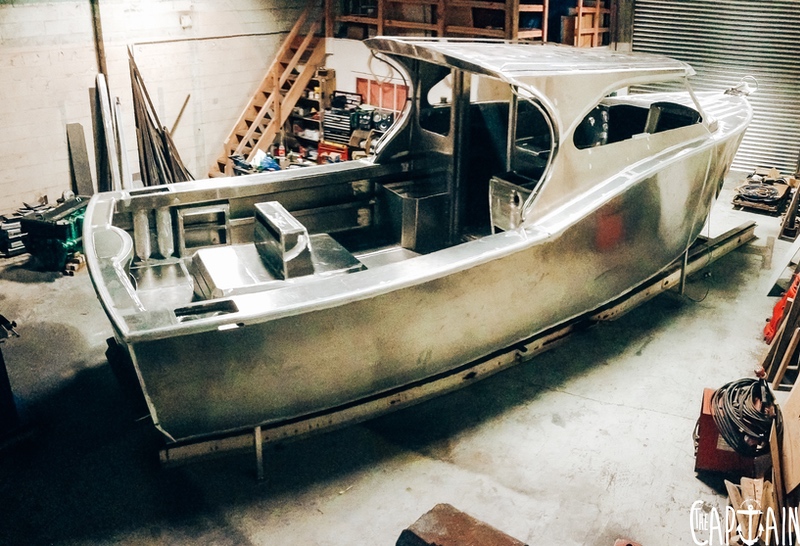
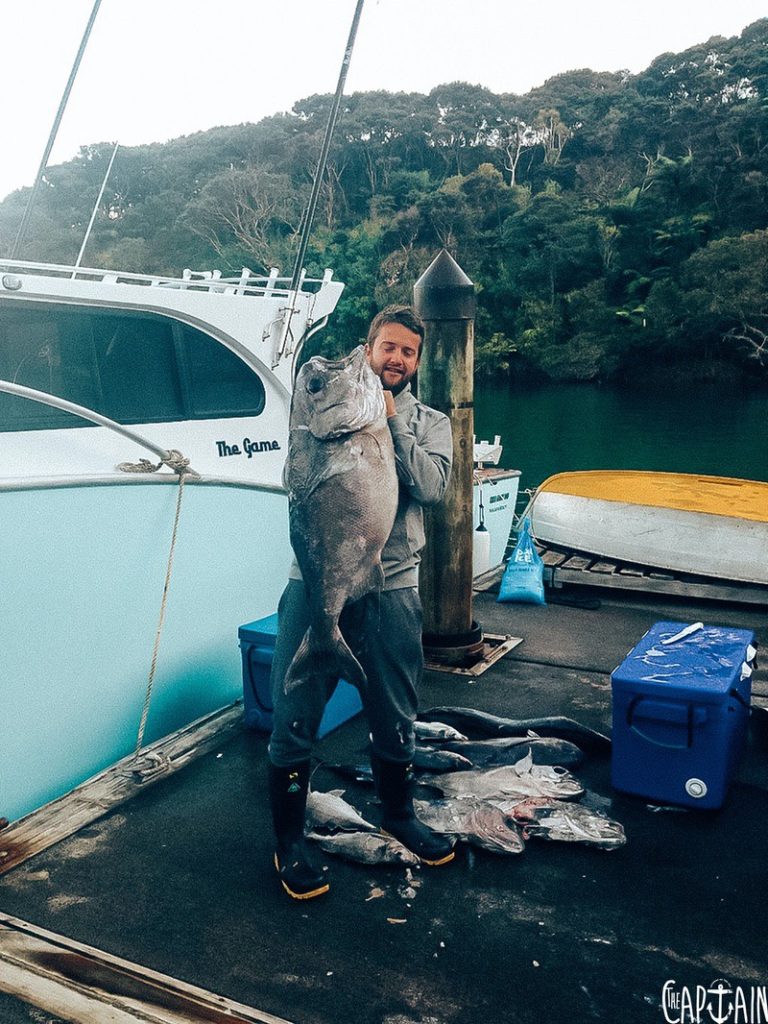
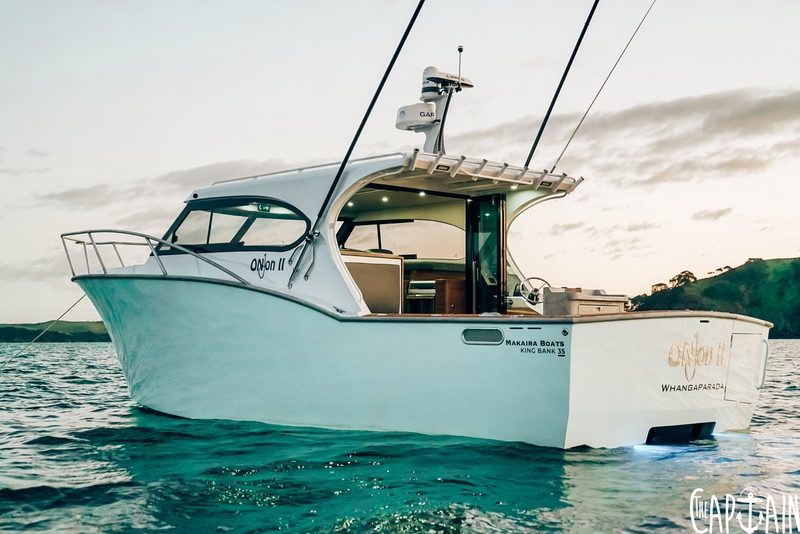
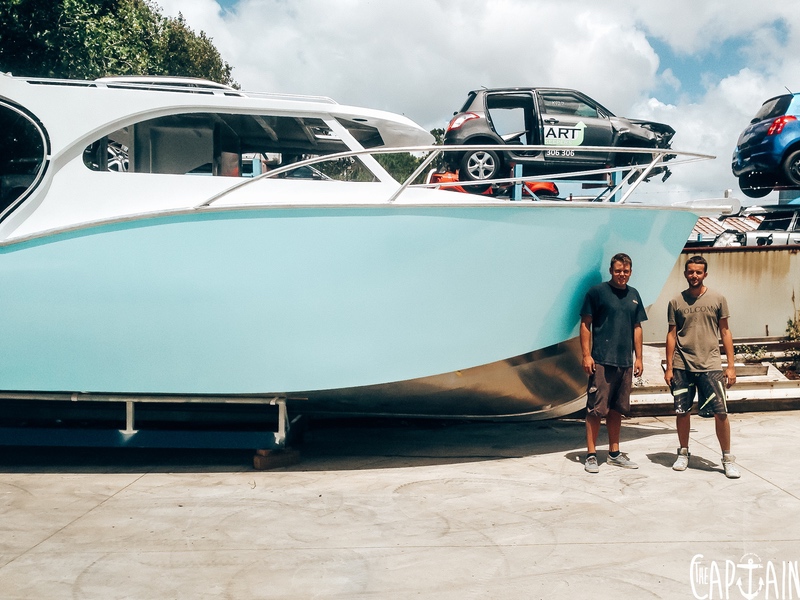
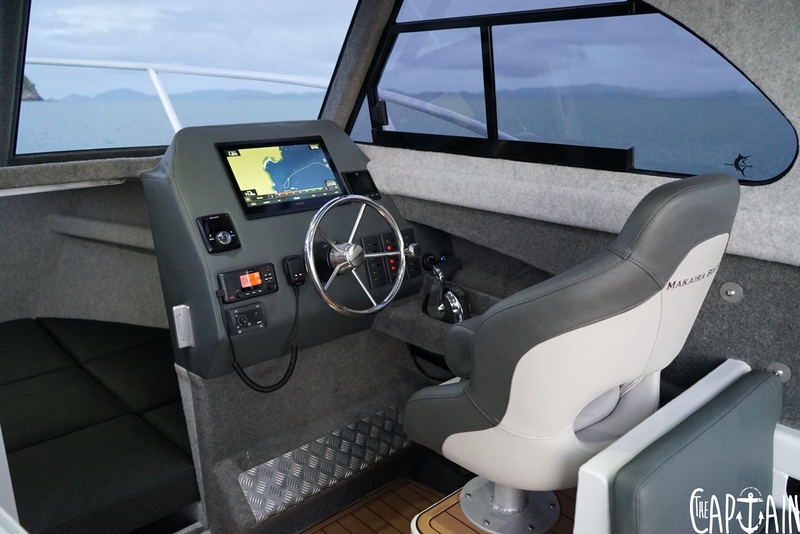


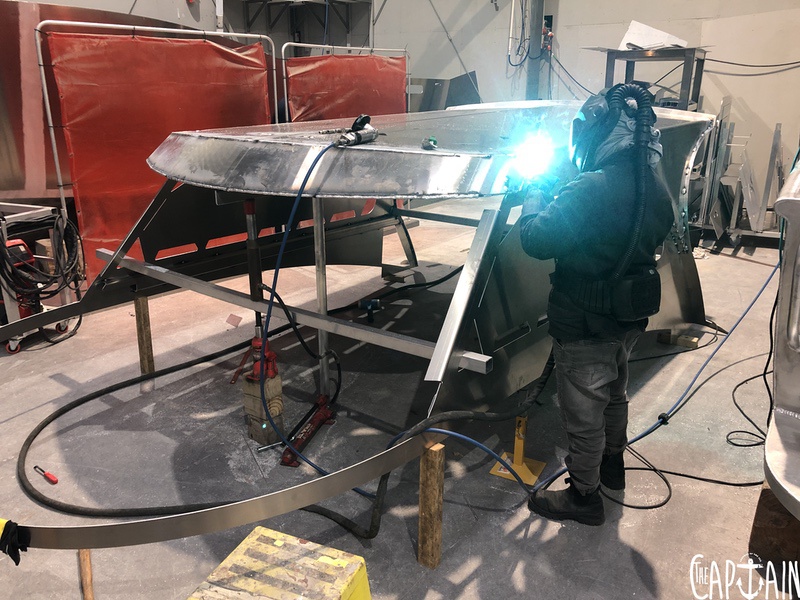
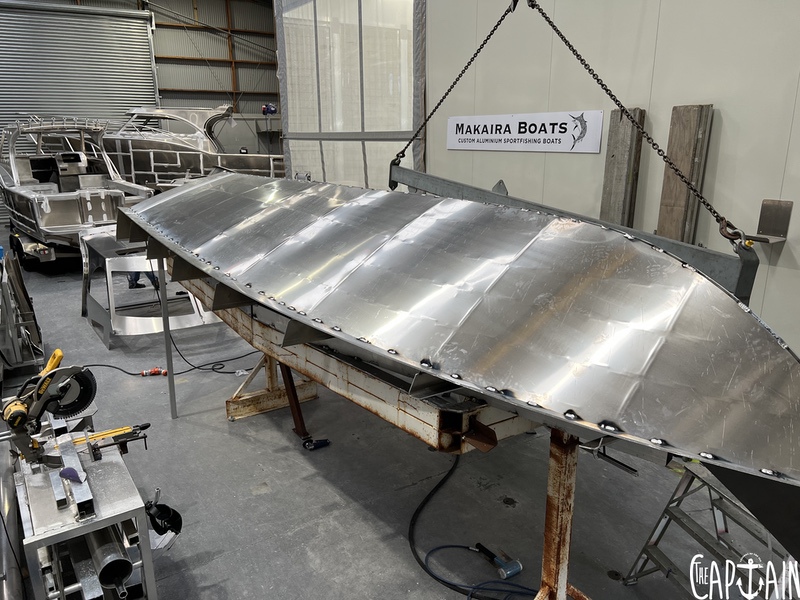
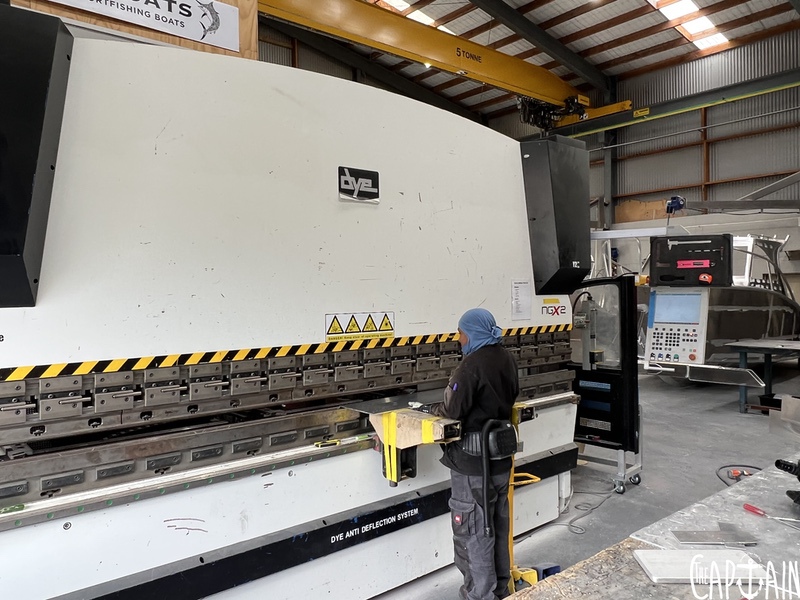
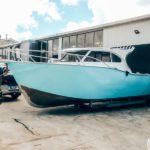
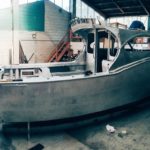
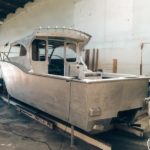
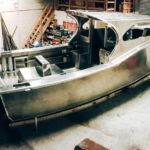
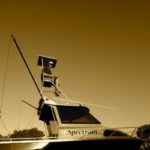
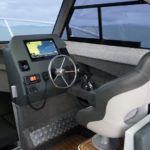
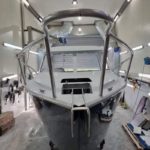
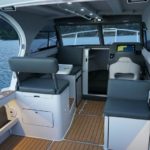
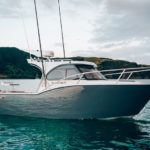
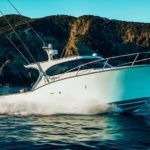
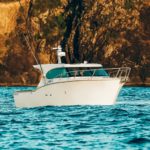
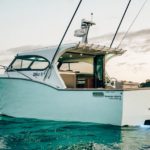
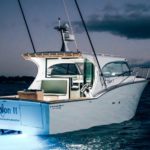
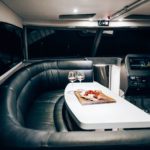
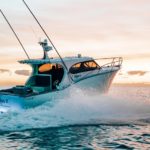
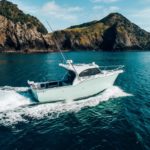
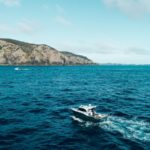
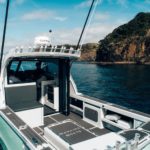
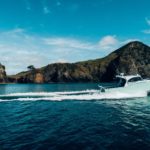
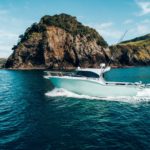
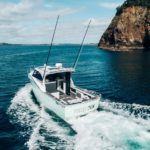
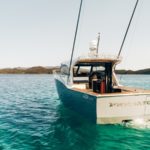
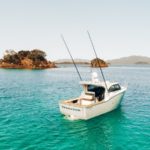
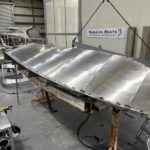
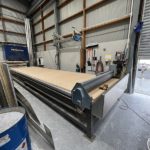
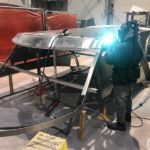
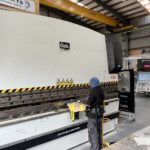
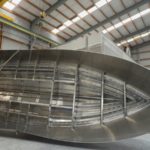
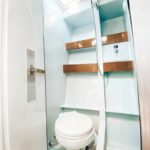
Recent Comments